Dog training can feel frustrating when progress is slow, but sometimes small things get in the way without us realizing it. A well-behaved dog starts with a calm state of mind. If your dog is too excited, nervous, or stuck in a “fight or flight” mode, they’re paying attention to everything except you. That makes training much harder. To help, we made a list of six common ways dog owners accidentally make training harder and what you can do instead.
Here are some commonly overlooked ways we foil our own dog training efforts:
1. Leaving chew toys always out and available: toys and playtime are great and necessary. But for most dogs, toys are like feeding your kids candy. Toys can amp them up. Instead of sugar, for dogs, it’s toys. Keep toys in a basket or box, up out of reach, and take out one or two at a time for designated playtime. Keeping toys out of reach gives them more value and makes managing playtime easier. For young dogs, keep out a medium-low value rubber chew toy to use for redirection and as needed.
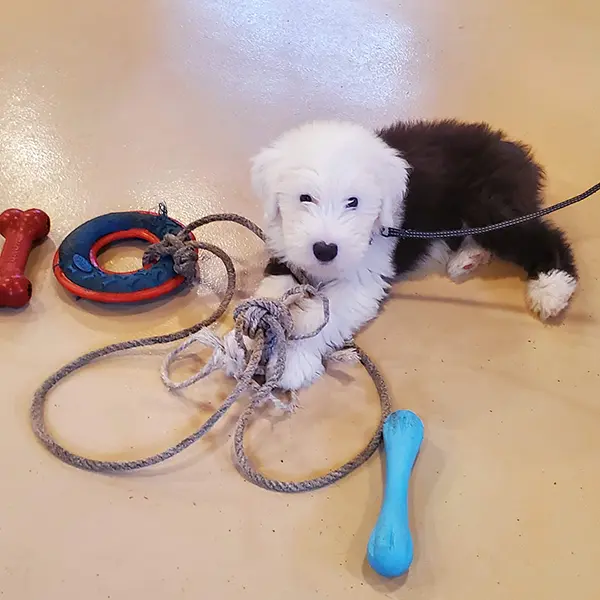
2. Letting your dog run free in the house, unleashed: during training, the leash and prong collar are on in the house, while your dog is supervised, AM to PM. Roaming around the house searching for a distraction is a poor decision on your dog’s part, and it’s your job to step in and correct that. If you can’t supervise your dog, use the crate. If you’re still working on getting him in the crate, tether his leash to you or a solid object to keep him settled. Stand on the leash when your dog is by your side.
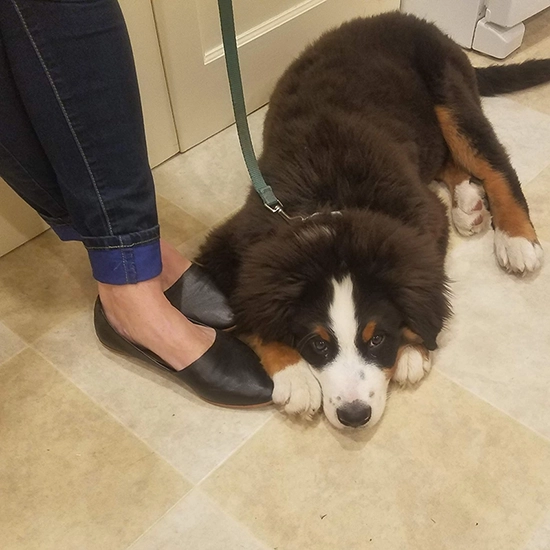
3. Allowing your dog to crash on a dog bed quietly, instead of following through and practicing crate time: This one can be hard because your dog is “making a good choice.” Yes, but he’s still in training, and you are teaching him that you’re calling the shots. If your dog falls asleep outside the crate, that’s great: 20% of the time, it’s fine to leave him. The other 80% of the time (on schedule), go over and lead your dog into his crate to nap and be chill. In that moment, you are exercising your calm, assertive leadership, and that is key to successful training. Read more on Full Crate Training.
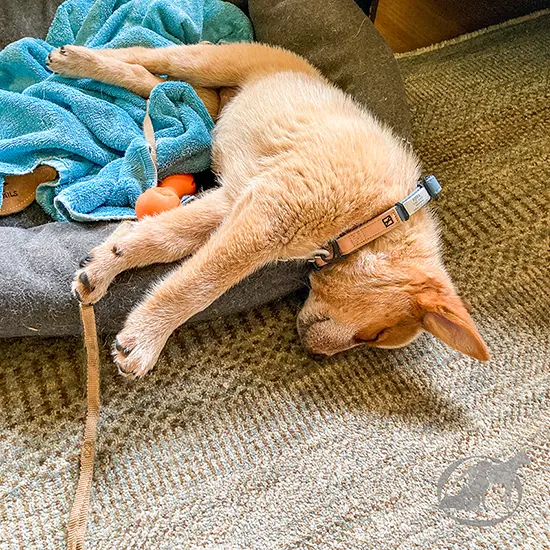
4. Giving large, high-value treats regularly: Treats like Bully Sticks (Yak, bully, pig ear, etc.) can give a false sense that the dog is being calmed. If you have behavior issues and are working to change that, limit these treats to a special occasion or random times. When given regularly, they become a given and not a special treat. For dogs that resource guard, it’s especially important to pause the high-value treats while working to break this habit and reintroduce them.
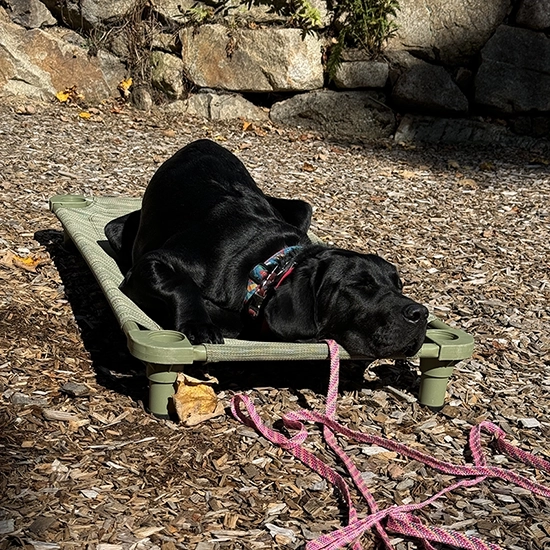
5. Allowing your kids to get the dog overexcited: Controlling kids around dogs can be a challenge. It is much easier to control an overexcited dog around kids by utilizing the dog crate and teaching children that the dog needs downtime. Your kids are learning the boundaries you set for the dog. Use crate time not just as assigning a job for your dog but as a teaching moment for each member of your household.
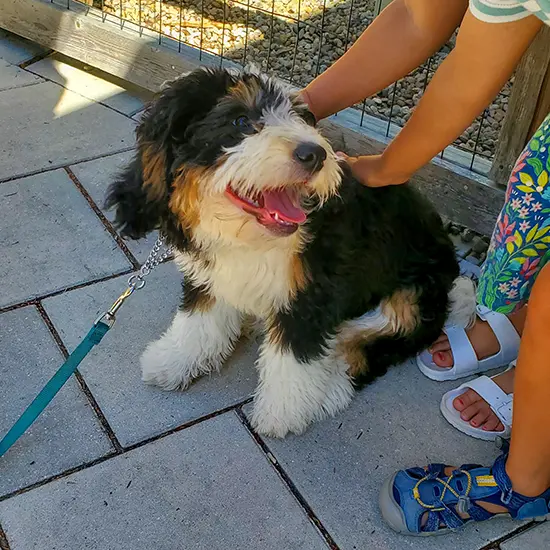
6. Giving your dog excessive freedom in your fenced yard: Fenced yards are great. But it can be all too easy to rely on the fencing to contain and exercise your dog. What we miss out on are essential leash exercises. The Structured Walk and any time you have the leash in your hand is an opportunity for you to build a stronger relationship with your dog and communicate your new, higher expectations through a leash conversation. Relying on your yard cuts into your leash time. Even after training, ‘use it or lose it’ applies to leash skills. Keep working Structured Walks to keep your dog tuned up.

To change your dog’s behavior, everyone in the family must be on the same team to uphold the new structure. A team practicing different priorities is not only confusing for your dog, but works against building a trusting relationship and keeps your dog locked into old behaviors. Changing your dog’s behavior is about changing your relationship with your dog. For real results, that means everyone in your household commits to changing their relationship with your dog. Your whole household is shifting its leadership energy to meet your training challenges. Good choices at home get you the respectful family dog you want out in the big world of distractions!
Now Offering Training in Somerville, Cambridge, Medford & Surrounding Area!
See the full list of areas served
Our In-Person Programs

Team Puppy Training
Encourages your leadership and show how you to nurture good behavior.
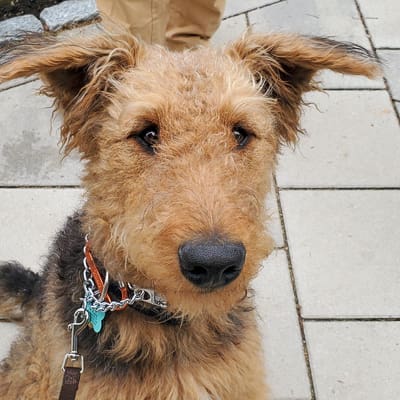
Foundation Training
Covers the basics of good dog behavior as well as some behavior modification.
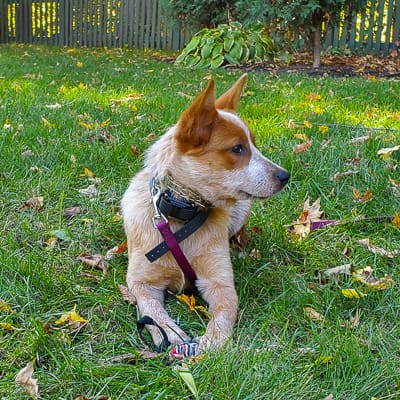
Remote Collar Training
Foundation Training with e-collar for total off-leash freedom and behavior modification.
What our clients have to say...
Dog Coach listened carefully and observed keenly my interaction and tone of voice with Bella. At nearly 6 months now, she is the best-trained dog I've had. It was a worthwhile experience!
We want to thank Dog Coach for your patience and encouragement! Our dogs are really coming into their own as the perfect family dogs we were looking for!
Such a great investment! We got a puppy and had a toddler... It was overwhelming at first. Working with Dog Coach has been the gift that keeps on giving.
